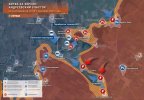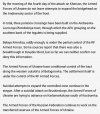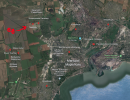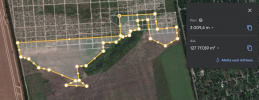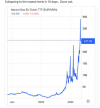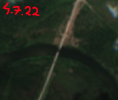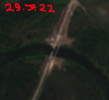This summer marks the fifth anniversary of the
most expensive cyberattack ever: the NotPetya malware, released by Russia in June 2017, that shut down computer systems at companies and government agencies around the world, causing upward of $10 billion in damage due to lost business, repairs, and other operational disruptions. Half a decade later, the businesses affected by NotPetya are still sorting out who will pay those considerable costs in a series of legal disputes that will have serious ramifications for the rapidly growing cyberinsurance industry, as well as for the even more rapidly growing number of state-sponsored cyberattacks that blur the line between cyberwar and standard-issue government cyberactivity.
Whether or not insurers cover the costs of a cyberattack can depend, in part, on being able to make clear-cut distinctions in this blurry space: When Russian government hackers
targeted Ukraine’s electric grid earlier this year, was that an act of war because the two countries were already at war? What about when
Russia hacked Ukraine’s electric grid in 2015, or when pro-Russian hackers
targeted servers in countries like the United States, Germany, Lithuania, and Norway because of their support for Ukraine? Figuring out which of these types of intrusions are “warlike” is not an academic matter for victims and their insurers—it is sometimes at the heart of who ends up paying for them. And the more that countries like Russia exercise their offensive cyber capabilities, the harder and more critical it becomes to make those distinctions and sort out who is on the line to cover the costs.


 Nyt haisee vanjan paska. Vai "ihan äänestä".
Nyt haisee vanjan paska. Vai "ihan äänestä". 
